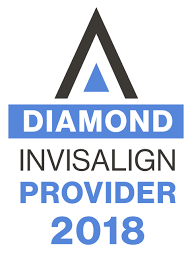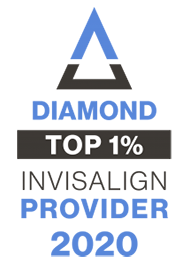Botox Can Help!
What is Temporomandibular Disorder (TMD)
Temporomandibular Disorder (TMD) is a term used to describe a group of conditions that affect the temporomandibular joint (TMJ), the muscles that control jaw movement, and the surrounding structures. The TMJ is the joint that connects your jawbone to your skull, allowing you to move your jaw up and down and side to side, which enables you to talk, chew, and yawn.
TMD can manifest in various ways and may cause a range of symptoms, including:
Jaw pain or tenderness: Pain in and around the jaw joint is a common symptom of TMD.
Difficulty or discomfort when chewing: You might experience pain or discomfort while eating or difficulty opening your mouth wide.
Clicking or popping sounds: You may hear clicking, popping, or grating sounds when you open or close your mouth.
Locking of the jaw: Your jaw may get stuck in an open or closed position temporarily.
Facial pain: Pain can extend to the face, neck, and shoulders.
Headaches: TMD can lead to headaches, including tension headaches and migraines.
The exact cause of TMD is often not clear, but several factors can contribute to its development, including jaw injuries, arthritis, teeth grinding or clenching (bruxism), stress, and structural issues with the jaw joint.
Botox® Treatment for Jaw Tension & TMJ
Botox is a widely accepted alternative treatment for temporomandibular joint disorders. When injected into the affected facial muscles, Botox can effectively relieve headaches and minimize lockjaw. Though ongoing research is being conducted for these conditions, the available evidence strongly supports the remarkable effectiveness of Botox.
Is Botox for TMD Covered by Insurance?
Some medical drug insurance plans will cover the cost for therapeutic injections for TMD.
How It Works
The temporomandibular joint (TMJ) is located where the jawbone meets the skull, and it is used for eating, talking, and swallowing. If the TMJ becomes displaced or distressed through teeth grinding, individuals will often suffer severe tension headaches accompanied by sharp jaw pain. Botox relieves this tension by rendering muscles incapable of engaging with unconscious jaw movement.
Typically, treatment for TMJ and jaw disorders is quick and effective. Because this is a non-surgical procedure, Botox injections can be administered in a doctor’s office without the need for a hospital visit. Most patients experience improvement within two days of treatment, although complete relief may take upwards of one week.
TMJ Botox® Therapy – Affected Areas
Botox treatment for TMJ therapy is localized and does not impact other parts of your body. Injections are primarily administered in the temporalis, frontalis, and masseter muscles. Additional sites may receive injections based on the severity of symptoms.
How Long Is the Procedure?
The length of Botox treatment depends on the number of injections required, as determined by your physician. Most treatment procedures last between 10 to 30 minutes.
Does Botox® Treatment Hurt?
The brief discomfort experienced during the Botox treatment is due to the injections. Many patients liken it to a mild bug bite. Numbing agents like cold packs or anesthetic creams can reduce injection pain. In cases of extreme needle phobia, your doctor may recommend Nitrous Oxide for added comfort.
What to Expect After Botox® Treatment
Muscle tenderness will start to subside almost immediately after the procedure. Wrinkles will gradually diminish within 24-48 hours and may continue to improve for up to one week.
Possible Mild Side Effects
Some patients may experience mild bruising, temporary numbness, or redness after treatment. While Botox won’t make you look 20 years younger, it will provide a more natural and relaxed appearance.
*Note: A small percentage of patients treated with Botox may not notice a significant reduction in wrinkles.
Recovery from Botox® Treatment
Since Botox is a non-surgical and non-invasive procedure, most patients can resume regular activities right after the treatment. However, it is advisable to avoid strenuous physical activity, prolonged standing, or rubbing the injection sites, as this can cause the toxin to spread to other muscles.
The Risks of Botox Injections
Side effects with Botox treatment are rare but may include headaches, flu-like symptoms, respiratory infections, temporary eyelid droop, and nausea. Discomfort, redness, and muscle weakness may also occur, typically within the first week after the procedure.
Bruising may appear at the injection site, especially in high-use areas like the lips, but this is less common in TMJ treatment. One limitation of the TMJ Botox procedure is the potential development of antibodies in the body, which could reduce the treatment’s effectiveness over time. To delay this, the lowest effective dose should be used with the longest intervals between treatments. Botox treatments should be avoided during pregnancy and lactation.
Bayside Dental & Orthodontics Review
★★★★★
Amazing and clean office. Super friendly staff who are amazing at what they do and are super nice. I would recommend Bayside Dental & Orthodontics to anyone who is looking for the perfect smile.
Macey R.
Airdrie Botox
Get in touch with us
Call our office
Email us
Book an appointment
Book a visit to Bayside Dental & Orthodontics by filling out the form below. We will contact you back to confirm details.
Committed to
Excellence
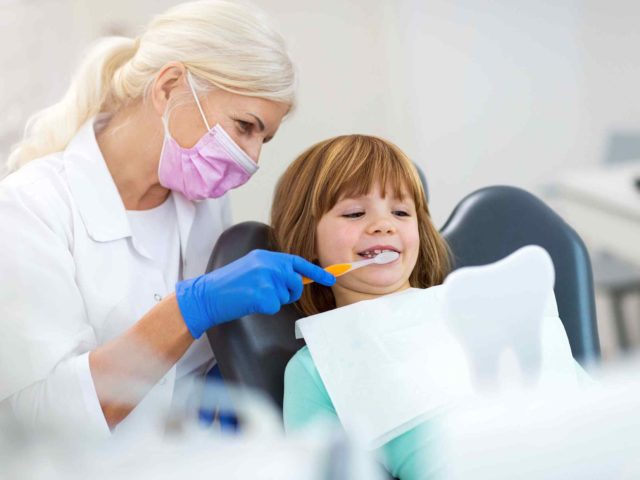
Affordable Dentistry
We follow the Alberta Dental Fee Guide, offering you affordable Airdrie dentistry and professional oral care.
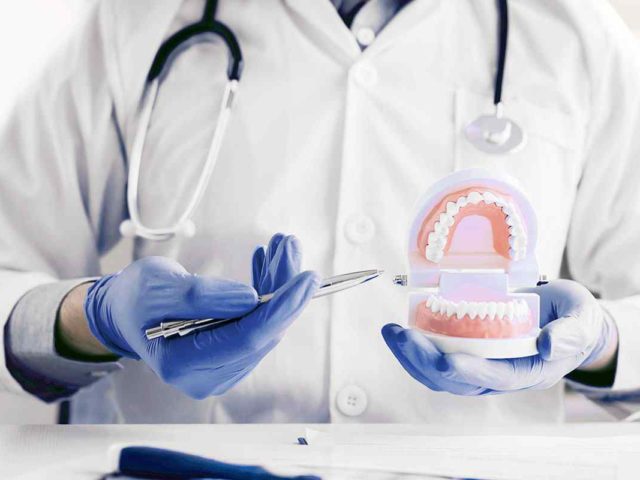
Affordable Orthodontics
Free consultation, no referrals needed, and flexible financing. Learn how you can get orthodontic treatment too.
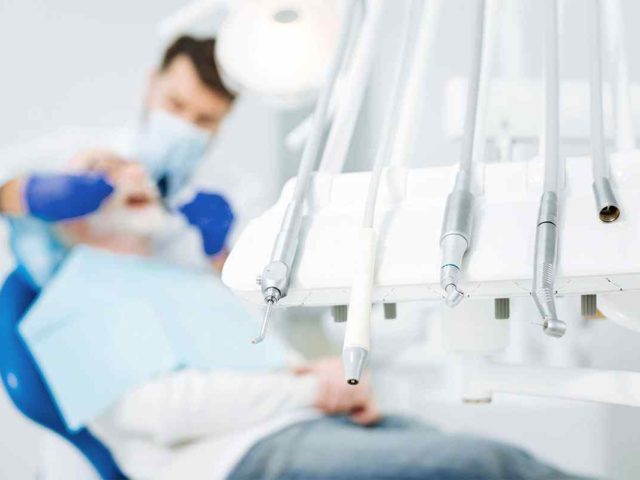
Dentistry Services
Achieve optimal dental health with our comprehensive Airdrie dentistry services. See the various dental treatments we can offer you.
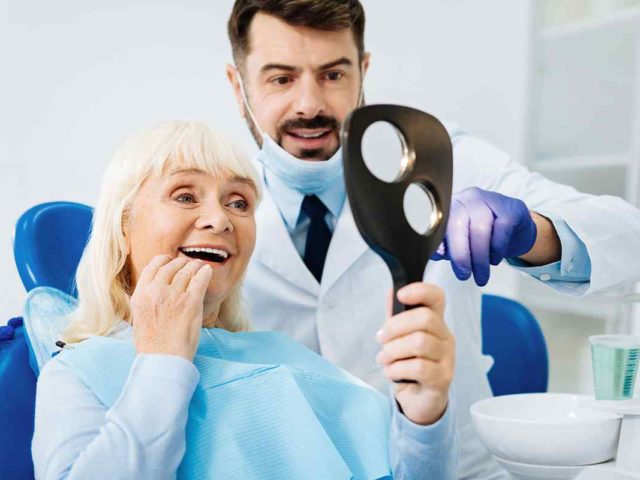
Dental Implants
Dental implants are among the greatest innovations in dentistry. It allows you to replace your missing teeth with an embedded support structure.
